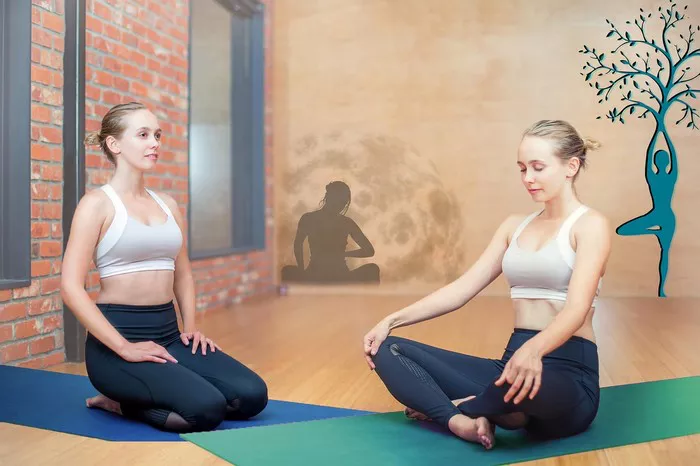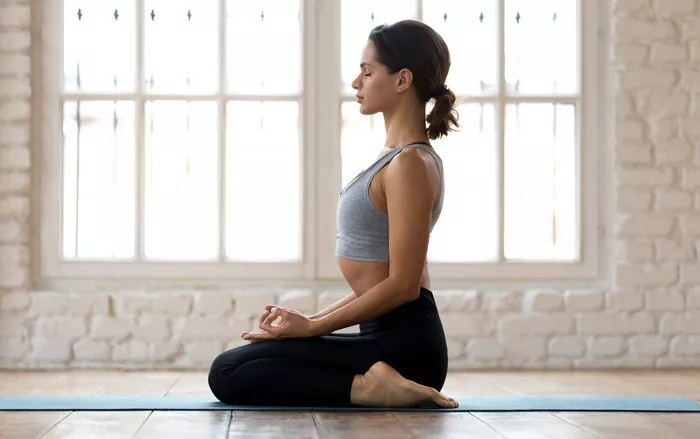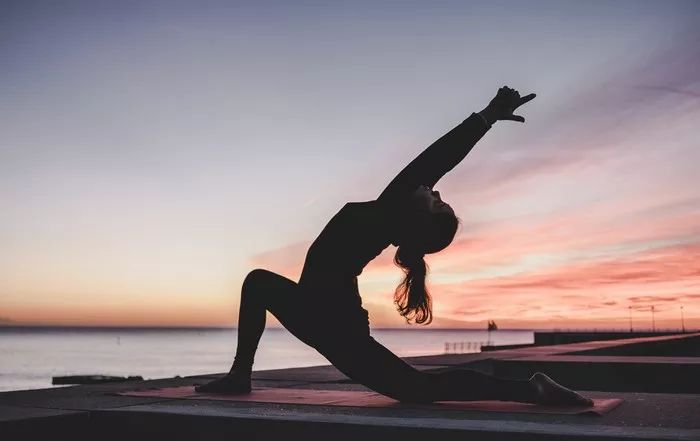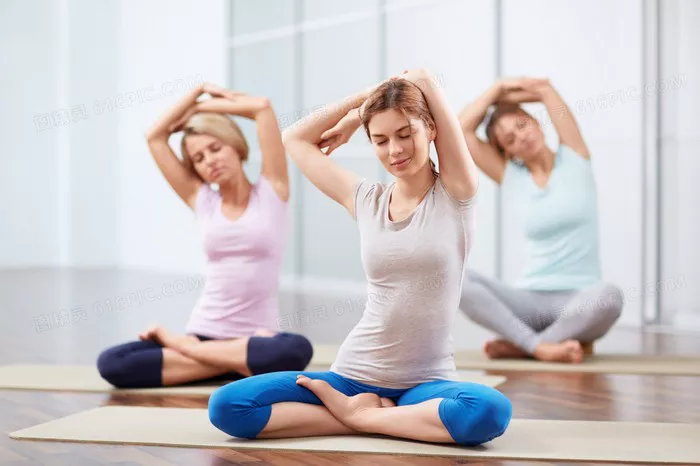The Isha Hatha Yoga Program has its roots deeply embedded in the ancient yogic wisdom of India. Founded by Sadhguru Jaggi Vasudev, it draws from the rich tapestry of traditional hatha yoga practices. The philosophy underlying this program is centered around the holistic well – being of an individual. It posits that by working on the physical body through yoga postures (asanas), one can gradually unlock the potential of the mind and energy systems within.
Asana Practice: Building a Foundation of Physical Strength and Flexibility
Unique Asana Sequences
The Isha Hatha Yoga Program features carefully curated asana sequences. These sequences are not just a random collection of postures but are designed to work on different parts of the body in a systematic manner. For example, it may start with gentle warm – up postures like simple stretches to loosen the joints. This is followed by more complex standing postures such as Trikonasana (Triangle Pose) which helps in stretching the sides of the body, strengthening the legs, and improving balance.
Attention to Alignment
A key aspect of the asana practice in this program is the emphasis on proper alignment. In each asana, practitioners are taught to align their body parts correctly. For instance, in Adho Mukha Svanasana (Downward – Facing Dog), the alignment of the hands, shoulders, hips, and feet is crucial. Correct alignment not only ensures that the pose is effective in terms of stretching and strengthening the targeted muscles but also helps prevent injuries.
Progression and Adaptability
The program caters to practitioners of all levels. Beginners start with basic asanas and gradually progress to more advanced ones as their strength and flexibility improve. Modifications are also provided for each asana, making it accessible to people with different body types and physical limitations. For example, in a backbend like Bhujangasana (Cobra Pose), beginners can start with a gentle lift of the upper body while more advanced practitioners can deepen the backbend.
Pranayama: Mastering the Breath for Inner Transformation
Significance of Breath in Isha Hatha
In Isha Hatha Yoga, breath is considered the bridge between the body and the mind. Pranayama, the science of breath control, is given great importance. It is believed that by controlling the breath, one can control the flow of prana (life force energy) in the body. For example, simple breathing exercises like Anulom Vilom (Alternate Nostril Breathing) help in calming the mind, balancing the nervous system, and increasing the oxygen intake in the body.
Varied Pranayama Techniques
The program teaches a variety of pranayama techniques. Ujjayi Pranayama, for instance, is a technique where the breath is made audible, creating a gentle hissing sound. This technique helps in warming up the body, increasing the energy levels, and also in focusing the mind. Another technique, Nadi Shodhana Pranayama, is specifically designed to purify the energy channels (nadis) in the body, which is said to enhance the overall well – being.
Integration with Asana Practice
Pranayama is not taught in isolation but is integrated with the asana practice. During the asana practice, the breath is synchronized with the movement. For example, in a forward bend like Paschimottanasana (Seated Forward Bend), the exhalation is synchronized with the forward movement of the body, helping to deepen the stretch and relax the mind.
Kriyas: Sacred Yogic Practices for Energy Awakening
Understanding Kriyas
Kriyas in the Isha Hatha Yoga Program are a set of powerful yogic practices that are designed to activate and balance the energy within the body. These are not just physical exercises but are considered to be sacred practices that have been passed down through generations. For example, Surya Kriya is a kriya that is related to the sun energy in the body. It consists of a specific sequence of movements and breath – awareness techniques.
Benefits of Kriyas
The practice of kriyas is said to have multiple benefits. They can help in enhancing the body’s natural energy levels, improving mental clarity, and also in bringing about a sense of inner peace. A regular practice of kriyas like Agnisara Kriya, which works on the digestive fire in the body, can lead to better digestion, increased vitality, and a more positive mental state.
Guidance and Precautions
Since kriyas are powerful practices, they are taught under the strict guidance of experienced instructors in the Isha Hatha Yoga Program. Precautions are also emphasized to ensure that practitioners do not overdo the practices. For example, it is important to follow the correct sequence of movements and breathing patterns during kriyas, and also to give the body enough time to rest and integrate the effects of the practice.
Meditation in Isha Hatha: Quieting the Mind for Self – Realization
The Role of Meditation
Meditation is an integral part of the Isha Hatha Yoga Program. After the physical and energetic practices of asanas, pranayama, and kriyas, meditation helps in quieting the mind. It is through meditation that practitioners can experience a deeper connection with their inner selves. In Isha Hatha, meditation is not just about sitting still but is about becoming aware of the thoughts and emotions without getting attached to them.
Meditation Techniques Taught
The program teaches several meditation techniques. One such technique is the Isha Kriya meditation. This is a simple yet profound meditation technique that involves a specific hand gesture (mudra), a focal point, and a certain way of breathing. Another technique is the Shoonya meditation, which is aimed at experiencing a state of pure consciousness beyond thoughts.
Cultivating a Meditation Practice
To cultivate a regular meditation practice, the program provides guidance on creating a conducive environment, setting aside a specific time each day, and gradually increasing the duration of the meditation. It is also emphasized that consistency is key in experiencing the long – term benefits of meditation, such as reduced stress, increased self – awareness, and a more positive outlook on life.
Lifestyle and Diet Recommendations: Nurturing the Body and Mind
Yogic Lifestyle Principles
The Isha Hatha Yoga Program promotes a yogic lifestyle. This includes principles such as maintaining a regular sleep schedule, practicing moderation in all aspects of life, and cultivating positive relationships. For example, getting enough sleep is crucial for the body to recover and rejuvenate after the physical and mental practices of yoga.
Dietary Guidelines
Diet is also an important aspect of the program. It recommends a diet that is fresh, unprocessed, and rich in nutrients. A vegetarian or vegan diet is often encouraged as it is believed to be more sattvic (pure and harmonious) in nature. However, the program also takes into account individual dietary needs and preferences. For example, it emphasizes the importance of consuming a variety of fruits, vegetables, grains, and legumes to ensure a balanced intake of nutrients.
Mindful Eating
Along with the type of food, the program also teaches the concept of mindful eating. This means being fully present while eating, savoring each bite, and paying attention to the body’s hunger and fullness cues. Mindful eating helps in better digestion and also in developing a healthier relationship with food.
Conclusion
The Isha Hatha Yoga Program is a comprehensive and holistic approach to yoga. It combines the physical practices of asanas, the breath – control techniques of pranayama, the energy – awakening kriyas, the mind – quieting meditation, and the lifestyle and diet recommendations to bring about a complete transformation in an individual. By following this program under the guidance of experienced instructors, practitioners can not only improve their physical health but also experience a profound shift in their mental, emotional, and spiritual well – being. It offers a path for individuals to explore their inner selves, unlock their full potential, and lead a more balanced and fulfilling life.
Related Topics




















